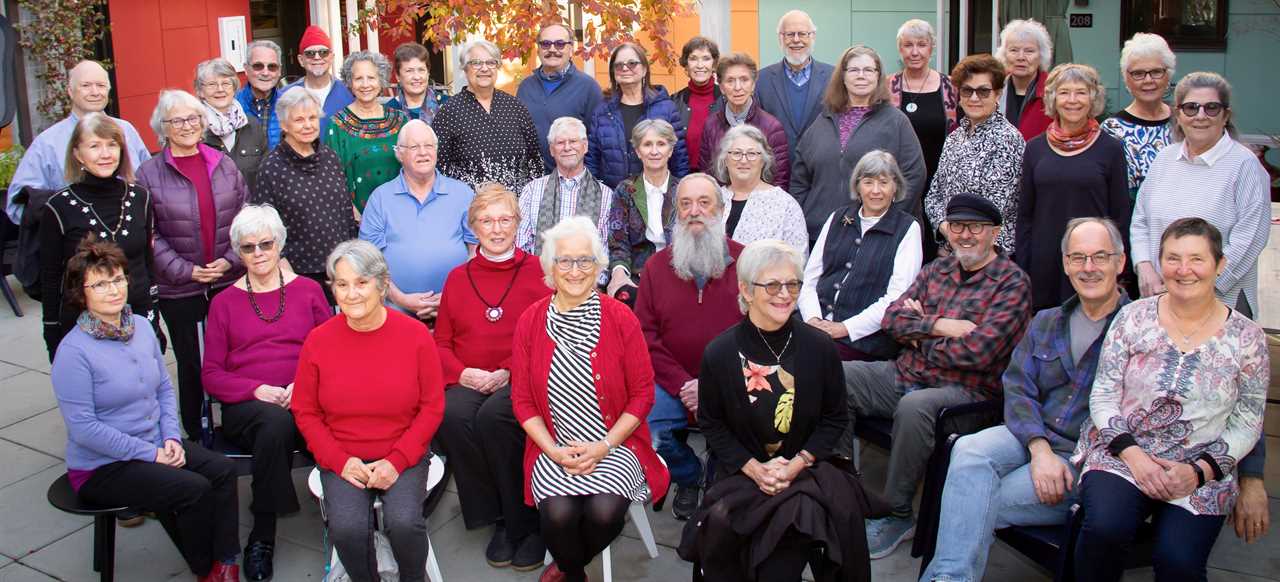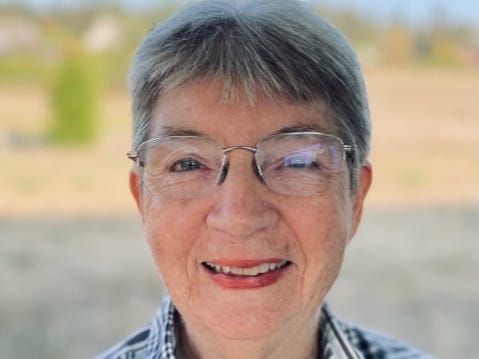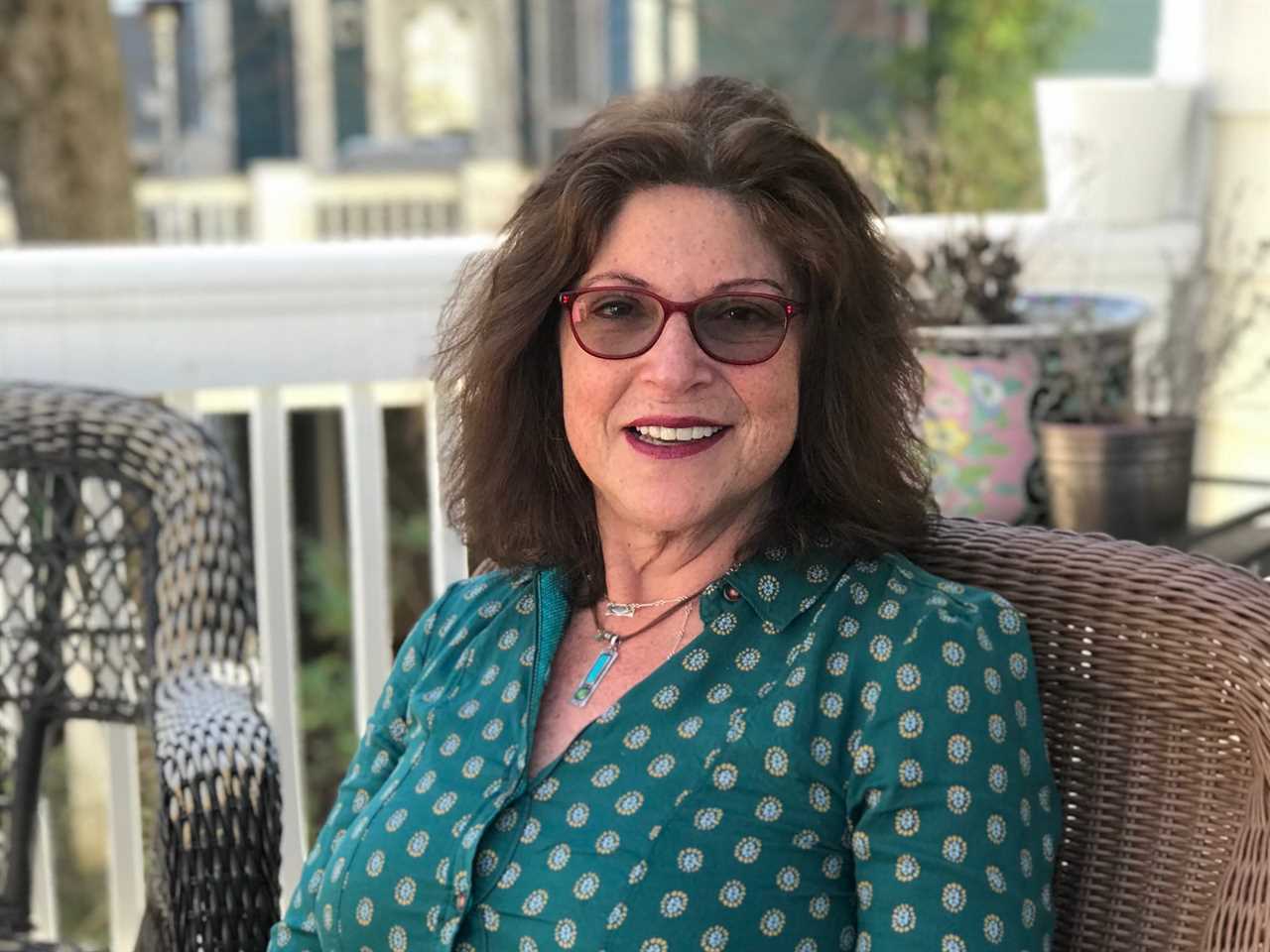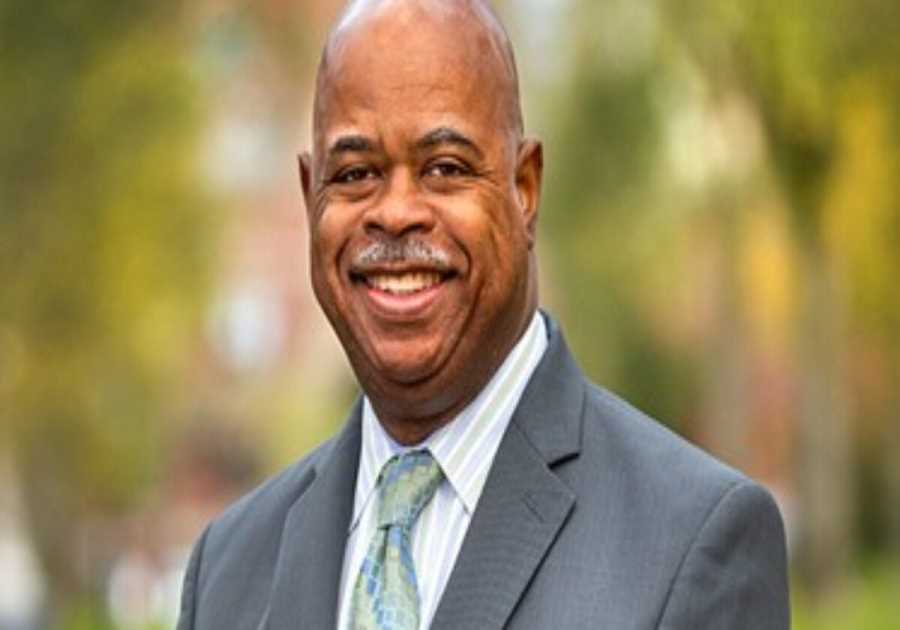
PDX Commons
- Some older Americans are building cohousing communities instead of moving into senior living.
- Cohousing refers to living arrangements in which residents own a unit and share common spaces.
- Residents said cohousing helped them avoid social isolation and lead their most authentic lives.
Carolyn Salmon, 82, and her husband used to live in a retirement neighborhood of about 500 homes just outside Port Townsend, Washington, but they never felt as if they were part of the community.
"We basically never saw our neighbors," Salmon told Insider. "We had a little group that would get together about once a month for dinner, but other than that we had no other real contact with them."
That was until 2014, when the Salmons and a group of eight other seniors began developing Quimper Village, a cohousing community in Port Townsend for people ages 55 and older. The group purchased nearly 3 acres of land and helped finance the construction of the 28-unit community, which was completed in 2017. The couple then purchased their 1,300-square-foot home in the community for about $400,000.
The Salmons are part of a growing coalition of older adults who are choosing to live in cohousing communities with people who are about their same age.
Quimper Village is a 28-unit self-governing condominium community about a mile outside downtown Port Townsend. Residents work on one of several "teams" that handle the village's affairs, from landscaping and gardening to financial planning, according to its website. The website also highlights amenities such as a bocce court and an art studio, which residents also manage.

Carolyn Salmon
Cohousing emerged in Denmark during the 1960s and describes a living arrangement in which residents own or rent their own home but also share a common house — which may include amenities like laundry and a shared kitchen — with their neighbors.
Salmon said the group decided to build Quimper Village because more traditional senior-housing options in the area were scarce or were in locations that didn't have a lot of nearby grocery stores.
"Maintaining community and close relationships isn't always easy to do," Salmon said. "But this place gives us the ability to drive less and do the things that build friendships."
Cohousing is an example of how the senior-housing industry is evolving
Since 2005, 17 cohousing communities for older people have cropped up across the US with another six more in development, according to an online directory maintained by a researcher at the University of North Carolina at Wilmington.
The move comes at a time when the cost of more traditional senior-living options is at an all-time high and occupancy rates and construction activity for these housing units are still below their pre-pandemic levels, according to the National Investment Center for Seniors Housing & Care, or NIC, a nonprofit senior-housing research firm. Senior-living facilities include assisted living, memory care, and independent living. Nursing homes fall under a different category because Medicaid can reimburse their costs.
"The senior-living industry is evolving," Beth Mace, a senior economist at NIC, told Insider. "Partly because of what happened during the pandemic, but also because developers are trying to figure out exactly what this cohort wants."
Residents want to live their most authentic lives
Barbara Chase, 71, said that to earn the respect of her peers and clients while working as a corporate-management consultant she always felt as if she needed to hide the fact that she identified as a lesbian.
Chase retired in 2020 and moved into a cohousing community for LGBTQ seniors and allies ages 55 and up called Village Hearth just outside Raleigh, North Carolina. Chase said she purchased a 1,150-square-foot unit for about $385,000 when she moved in.

Barbara Chase
She said that decision had helped her live her most authentic life and avoid more corporate senior-living operations, where a growing number of seniors feel as if they have few support options, according to research from the National Center for Elder Abuse.
"As I was nearing retirement, I thought to myself, 'I don't want to spend the last sliver of my life in the closet,'" Chase told Insider. "To me, it means the world to live among people who embrace you, and help you preserve your dignity and self-respect."
Chase considered more traditional senior-housing options, but none of the nearby places offered the same level of activity that she was looking for. At Village Hearth, Chase said, residents are responsible for everything from maintaining the property to planning and cooking community meals.
"We make collective decisions together about how we're going to treat one another," Chase said. "And that is the true meaning of community."
Cohousing can help avoid social isolation
Karen Erde, 70, moved into PDX Commons in Portland, Oregon, in 2018 after retiring from a long career as a family physician. The 27-unit complex requires at least 80% of its residents to be above the age of 55, while younger homeowners can make up the remaining 20%, according to its website.

Karen Erde
Erde said she moved into PDX Commons because it was the only cohousing community in Portland where she could live among people her own age and not have roommates who were generations younger than her. The community is also within walking distance of the Belmont Library, Laurelhurst Park, and pharmacies like Walgreens. Erde purchased her 1,065-square-foot unit for about $585,000, she said.
"I like kids and all that stuff — I raised three children of my own," Erde told Insider. "But I'm not really interested in raising anybody else's kids at this point of my life."
Though Erde describes herself as an introvert, living at PDX Commons has allowed her to be more social, she said. Erde chairs the community's communication committee, which helps spread the word about PDX Commons. She said she also helped community members solve computer issues and worked with other retired medical professionals who live in the community to develop the local COVID-19 guidelines.
It is also comforting to know that help is always nearby, Erde said. When Erde had her knee replaced in 2014, she said, her friends and family would have to drive 20 to 30 minutes to her townhome in Portland to help her cook and clean up around the house. If something similar happened today, Erde said, she has a group of friends at PDX in nearby units who would pitch in.
"I've been around other senior-living facilities where they have activities and people generally get to hang out with each other," Erde said, "but I never got the sense that the people there actually wanted to live together."
Read More
By: [email protected] (Robert Davis)
Title: Older Americans are moving in with people their age to play bocce, make art, and be their true selves
Sourced From: www.businessinsider.com/seniors-share-why-they-moved-into-cohousing-people-their-age-2022-11
Published Date: Mon, 14 Nov 2022 16:59:54 +0000
Did you miss our previous article...
https://trendinginbusiness.business/politcal/jeff-bezos-girlfriend-lauren-snchez-says-she-plans-to-go-to-space-next-year
.png)





